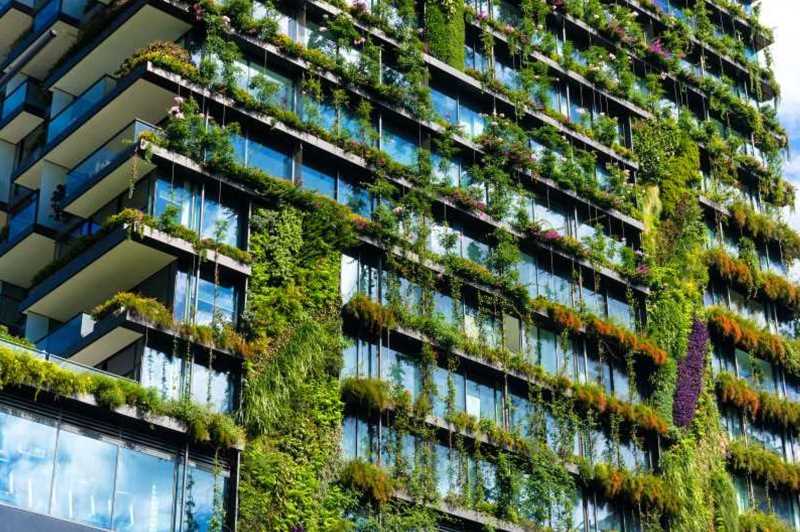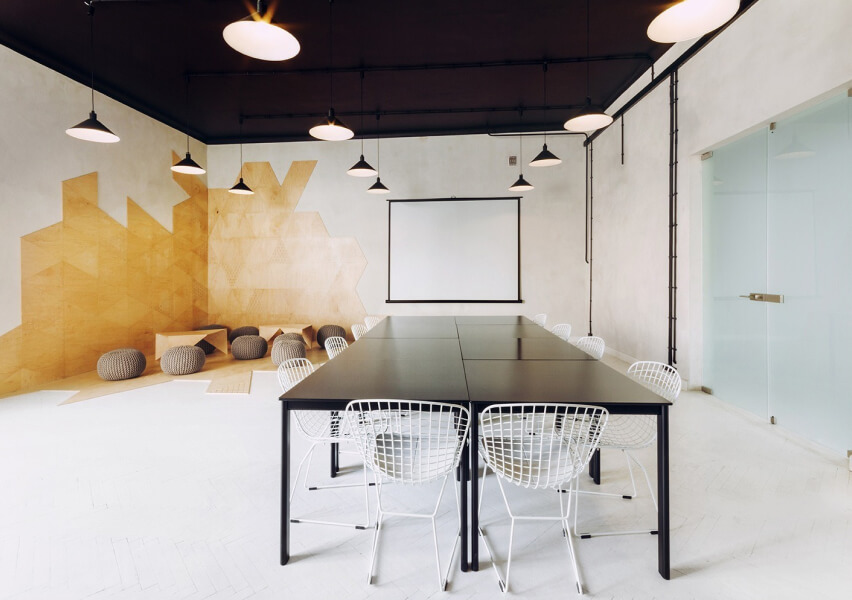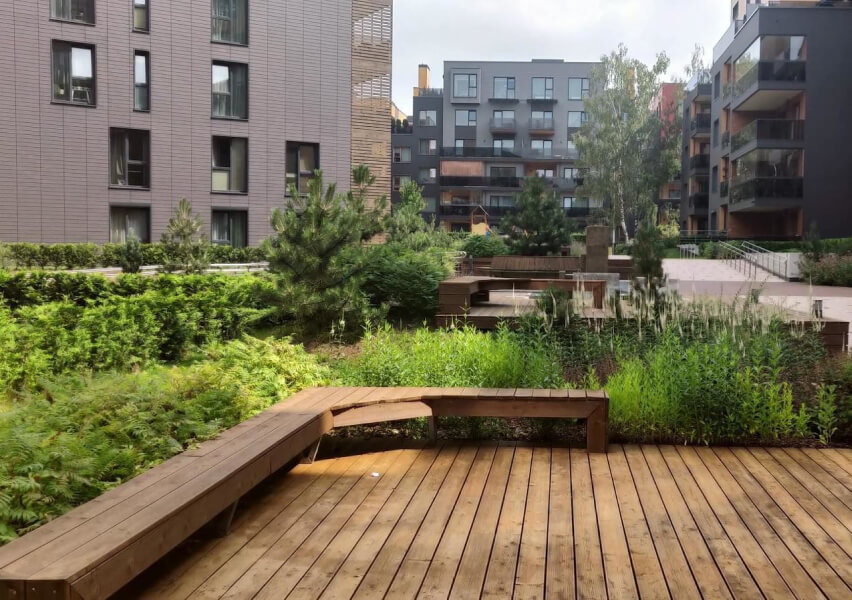The concept of sustainable real estate has gained significant traction in recent years, and for good reason. As we grapple with the pressing challenges of climate change and environmental degradation, the real estate industry has taken proactive steps toward a greener, more sustainable future.
Sustainable real estate is about more than just energy-efficient buildings; it encompasses a holistic approach to property development, management, and operations that minimizes negative environmental impacts while enhancing economic viability and social well-being. Here’s why sustainable real estate is a trend that’s here to stay:
1. Environmental Stewardship: Sustainable real estate prioritizes eco-friendly practices. This includes the use of renewable energy sources, energy-efficient designs, sustainable building materials, and green certifications like LEED (Leadership in Energy and Environmental Design). These practices reduce carbon footprints, lower energy costs, and contribute to a healthier planet.
2. Economic Benefits: Contrary to the misconception that sustainability comes at a high cost, it often yields substantial economic benefits. Energy-efficient buildings have lower operating expenses, leading to cost savings for both developers and tenants. Sustainable features can also enhance property values, attract premium tenants, and bolster long-term returns on investment.
3. Resilience: Climate change is leading to more frequent and severe weather events. Sustainable real estate incorporates resilience measures such as flood-resistant design, backup power systems, and efficient water management, reducing risks and ensuring business continuity.
4. Enhanced Quality of Life: Sustainable developments prioritize the well-being of occupants. Features like improved indoor air quality, natural lighting, and green spaces contribute to healthier, happier residents and workers. This focus on quality of life can enhance property desirability and tenant retention.
5. Regulatory Compliance: As governments worldwide implement stricter environmental regulations, sustainable real estate practices help developers stay compliant and avoid costly penalties. Sustainable buildings often receive preferential treatment in permitting and zoning processes.
6. Social Responsibility: Sustainable real estate goes beyond environmental concerns; it embraces social responsibility. It can involve affordable housing initiatives, community engagement, and creating spaces that foster inclusivity and diversity.
7. Long-Term Vision: Sustainable real estate isn’t just a trend; it’s a long-term vision for the industry. Developers and investors are recognizing that environmentally responsible practices are not only ethical but also prudent for long-term success and resilience in a changing world.
8. Innovation and Technology: Sustainability drives innovation in the real estate sector. Advancements in green building technologies, smart building systems, and renewable energy solutions are transforming the way we design, construct, and operate buildings.
Sustainable real estate isn’t limited to massive commercial developments or high-end residential properties; it’s a movement that can be embraced at all levels, from individual homeowners making energy-efficient upgrades to large-scale sustainable urban planning initiatives. It’s about recognizing that our built environment has a profound impact on our planet and future generations, and that by adopting sustainable practices, we can create a brighter, more sustainable future for all.





